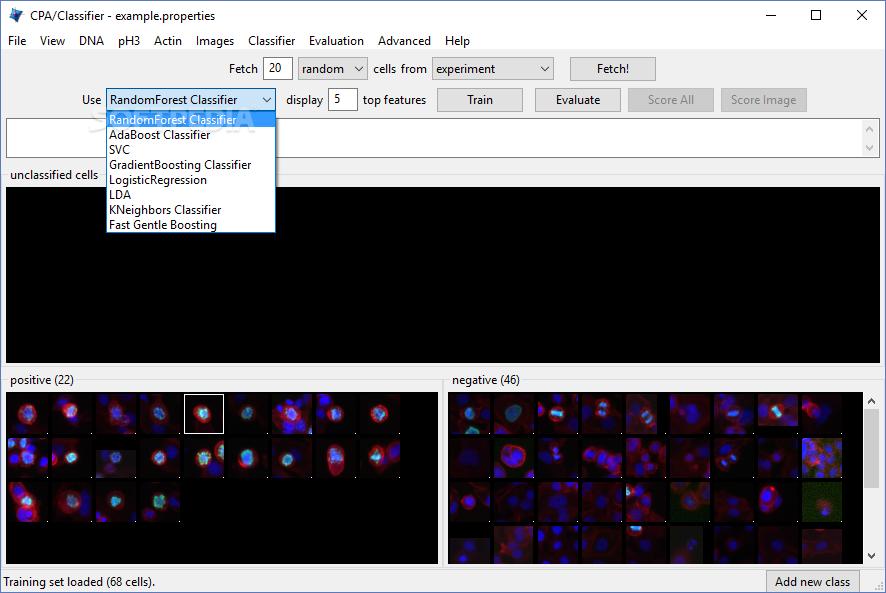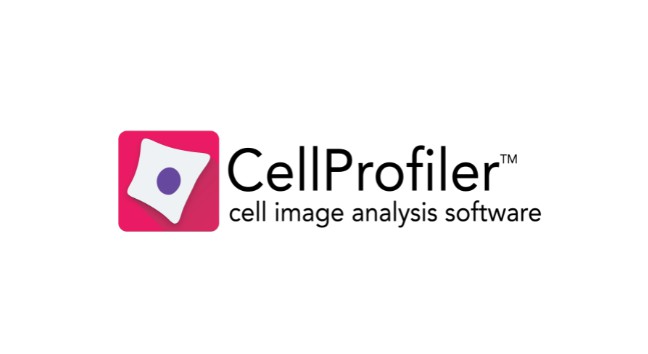


The shared use of the same basic libraries increases the desired interoperability of the various software packages. Many significant projects, such as KNIME, OMERO, Fiji and ImageJ2 ( are already using ImgLib2 as a basic or additional library. This can substantially reduce the implementation effort, etc. In particular, ImgLib2 enables algorithms to be developed independently of dimensionality (one-, two-, three-, n-dimensional), image type (8-bit, 12-bit, 16-bit, etc.) or memory strategy (main memory, hard disk, external server). It uses special algorithms and data structures to allow the efficient storing of image data in memory for instant access. Recently, the open-source library ImgLib2 was published. If two applications are designed using the same program library, it is often easier to accomplish their integration and joint use. These "toolsets" enable swift and flexible integration and testing of new functions. A sign of the growing significance of interoperability in the open-source development are the efforts made in many software projects to support co-operation and shared interfaces or program libraries.Ī program library usually consists of basic data structures and algorithms that software developers use to design software.

This is understood as the capability of heterogeneous, independent applications to be used together without major restrictions. With the combination of different open-source projects a new, increasingly important requirement of image analysis software is emerging: interoperability. In fact, it is usually necessary to use a combination of different programs in order to solve all the aspects of the image analysis task in hand. There is so much freely available software that it is practically impossible for anyone without expert knowledge to know which to use in any one case. This makes it very difficult to choose a suitable application for a particular image analysis problem. However, open-source tools are often designed to solve highly specific problems and can therefore satisfy only certain aspects of the requirements made of them.Įven applications developed for universal use have frequently been created within the framework of specific projects and are found wanting when required to perform other image analysis tasks. Besides being able to process a gigantic amount of heterogeneous image data, it must be easy to use. Modern software for processing and analyzing biological image data has to meet a wide range of specifications. The BioFormats library for example reads approximately 125 image formats of various microscope manufacturers including Zeiss LSM, Metamorph Stack, Leica LCS LEI or DICOM. However, open-source applications are now getting off the ground, partly because freely available program libraries are making it possible to convert almost any image format into standard formats. So far, proprietary file formats of image analysis software supplied with microscopes have made it difficult to use open-source platforms. The last few years have seen a remarkable number of new platforms and software packages for processing biological image data. Automatic image analysis enables huge amounts of data to be processed within a short time and ensures reproducible results. There are many different applications for imaging techniques in life sciences: they quantify and localize signaling proteins, measure dynamic changes of entire cell structures, track cancer cell growth in time-lapse recordings, or distinguish the phases of the cell life cycle.


 0 kommentar(er)
0 kommentar(er)
